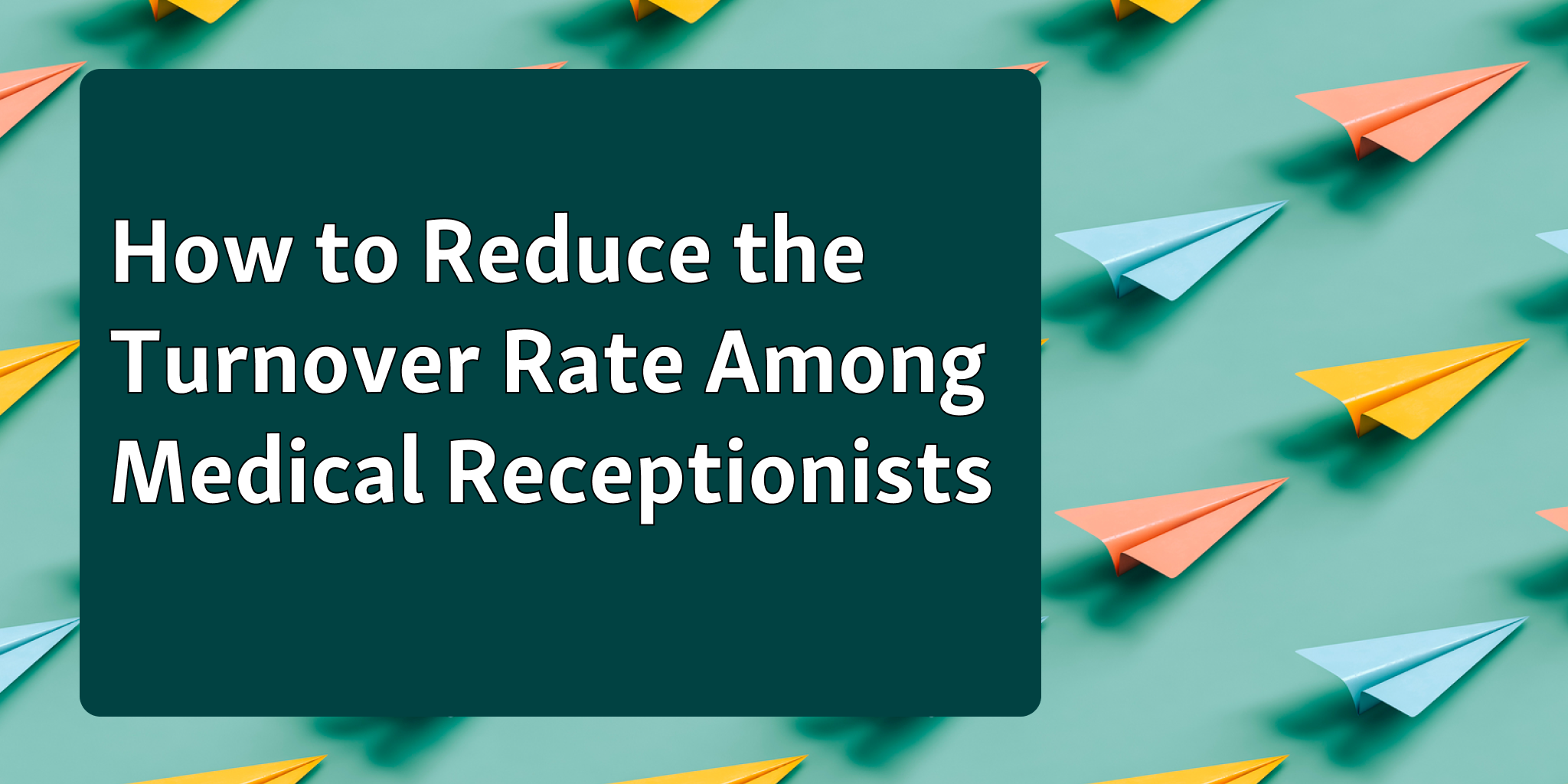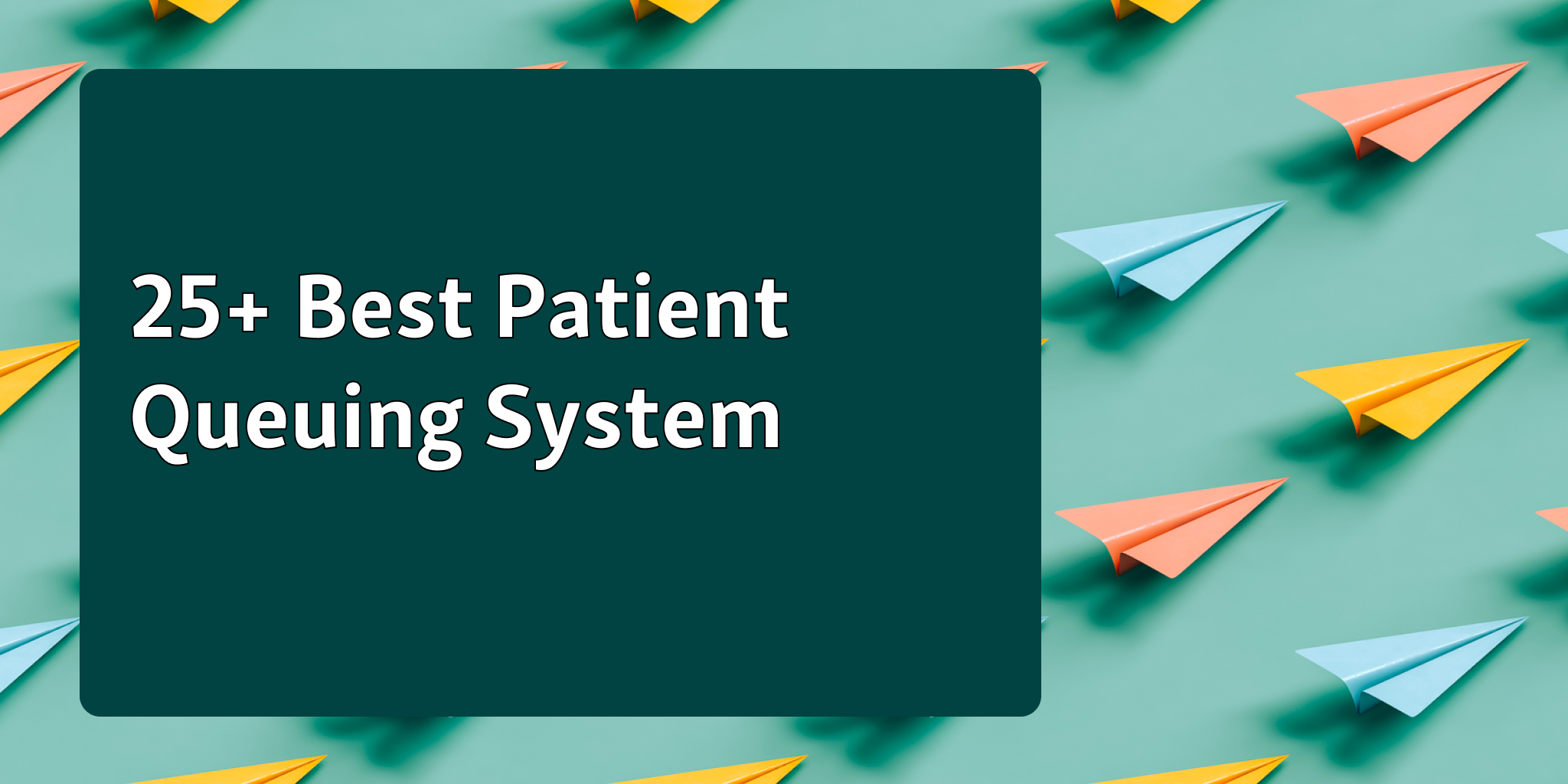We're not revealing anything surprising when we say that no one enjoys staying in a queue.
And why is that, exactly? Is it the inevitable line-cutting? Is it the tiny peace of paper with your number on it? Or is it just the general feeling of pointlessness?
When you’re talking about the efficiency of a queue, the most important metric is — you guessed it! — wait time.
The wait time that your customers deal with, however, isn’t the only thing to consider. Given that there’s a psychological aspect to queues, the perceived wait time can differ significantly from the actual wait time.
By making queues enjoyable, you can drastically alter the perceived wait time. What's more, you are showing your customers that "putting our clients first" is not just empty words.
Here are the best ways to help you solve queuing problems:
1. Assess and improve your queue management strategy.
2. Implement digital queuing software.
3. Keep the rules of queuing fair and consistent.
4. Design your space to accomodate queues.
5. Inform customers of the duration of their wait.
6. Distract and entertain customers in a queue.
For now, let's focus on the four most important tips to solve queuing issues.
1. Reduce Wait Time by Going Transparent
We're going on a limb here: You’re probably running a business and not an Area 51 operation. So why all the secrecy?
Put yourself in your customer’s shoes. In a situation where you already have little control, it can be difficult to deal with lack of information.
How long is each customer going to take? Why has the queue not moved in so long? Am I stuck here?
If you don’t equip your staff with the knowledge to answer these questions for your customers, you’re in for a big eye-opener — in the form of hundreds of customers walking out through your door.
The problem, however, is that businesses often don’t have a way of accurately answering these questions. When managers are manually handling queues, there’s only a limited amount of predictability to the flow of your queues.
That is a very different situation compared to an automated retail queue management system.
With a QMS, it’s not possible to be ambiguous about things like the length of the queue. The interface of Qminder is specifically designed to provide clear and detailed information.
Setting up Qminder at your location is extremely easy. A wireless system connects the check-in counter (an iPad or a tablet), the store backend, and a big TV display which updates information in real time.
All the information your customers need, right where they can see it.
2. Reducing Queues the Disney Way: Give Customers Something to Do

The biggest source of frustration when standing in a queue is inactivity. From the perspective of a typical queue-stander, they’re simply wasting their time.
And the longer the wait time, the stronger this feeling.
For some insight on how to deal with queues, let's take a look at Disney. Disney is certainly no stranger to long queues, as Disney amusement parks deal with tens of millions visitors every year.
People are there to have a good time, and waiting isn't what "good time" entails. That’s why Disney has designed its queues to be not the tedious pre-fun part of the amusement park, but an integral aspect of entertainment.
A typical queue in the Disney park has cameras and large interactive screens that allow visitors to see themselves and play games. This simple trick makes us feel as though we’re already being entertained — and, in a way, we are.
Another clever trick used by Disney is for people waiting to see Monster's Inc. Laugh Floor, a light-hearted comedy show.
When waiting to enter the theater, audience members are asked to text their favorite jokes. Some of these jokes end up featured in the actual show, and the submitter even gets a mention in the credits.
This level of interaction makes for an unforgettable experience that easily trumps long waiting.
Obviously, not every business has the luxury of providing amusement park-level of entertainment. But despite all that, the lesson is simple — boredom is the biggest mood-killer.
Again, put yourself in your customer’s shoes. Would you want to wait for minutes, if not hours, without anything to occupy your addled, bored-out-your-skull mind?
For better or for worse, we’re seeing the birth of the ADHD generation. When all people care about is distraction, anything goes.
Customer is always right? Try “Customer is always entertained!”
3. A Fair Queuing System Keeps Everyone Happy

One of the most important characteristics of any queue management method is the queuing discipline used. Simply put, the queuing discipline is the rule used to decide who goes next in a queue.
Two of the most commonly used rules are:
First in, First out.
Last in, First out.
Bottom line, people expect queues to be fair. It’s not like they’re happy to be stuck waiting in line, to begin with. But when everyone abides by the same rules, we can’t help but follow them too.
Don’t believe me? Let’s look at Exhibit A.
A group of sociologists helmed by Stanley Milgram took a ticketing counter as their base of experiments, planting several stooges to cut in line. Despite visible irritation from the other people, the protests were mild to non-existent.
However, with every additional line-cutter, the dissent grew ever louder. This means that people are willing to ignore outliers as long as they remain the exception.
Once people start routinely bypass the queue, all hell breaks loose.
The problem of line-cutting and queue-jumping is a major one for unmanaged queues, but not so much for queues controlled by automated QMS. There, the possibility of someone jumping in ahead simply doesn’t exist.
Once you adopt a queue management system for your retail, the queuing discipline is out there for everyone to see. (Remember what we told you about transparency?)
Social fairness is a major component of peaceful queuing experience. All queue-standers were created equal, and it's your job that it stays the same.
4. Reduce Waiting Time by Making Queuing Experience Enjoyable

Unless your customers are, for whatever reason, inmates or cattle, you need to reconsider the use of token numbers. Paper-based queue systems were all the rage back when we’ve just figured out a more civilized way to queue up.
But now? It’s nothing short of CX embarrassment.
If you want the personality of your business to stand out, you have to make it personal.
People respond really well to seeing strangers remember their name — even better when they refer to them using said names! It is a simple gesture that goes a long way in making your business appear people-friendly.
This simple scientific fact is the backbone of Qminder’s name-based queuing solution. All you need is a tablet and a customer eager enough to join a queue.
Once they put down their name, the system remembers them and continues to refer to them by this name until the end of the service session.
Best thing about this system? Since you let your customers check themselves into the queue, you give them a sense of agency and control.
Also, because there is clear information available for everybody, physical queues become obsolete. Customers are given an accurate estimate of their wait time, so they’re free to wander about and busy themselves with other things.
Thus, we take the worst part of queues out of the equation — that nagging feeling that you’re wasting your precious time.
Improving customer service with a QMS is a surefire way to success as a business. Once you transform the worst part of the customer journey — queues, waiting, idleness — your first-time visitors will quickly turn into long-time customers.
Want to give Qminder a whirl? Sign up for free 14-day trial to create the service your customers will want to come back for.






